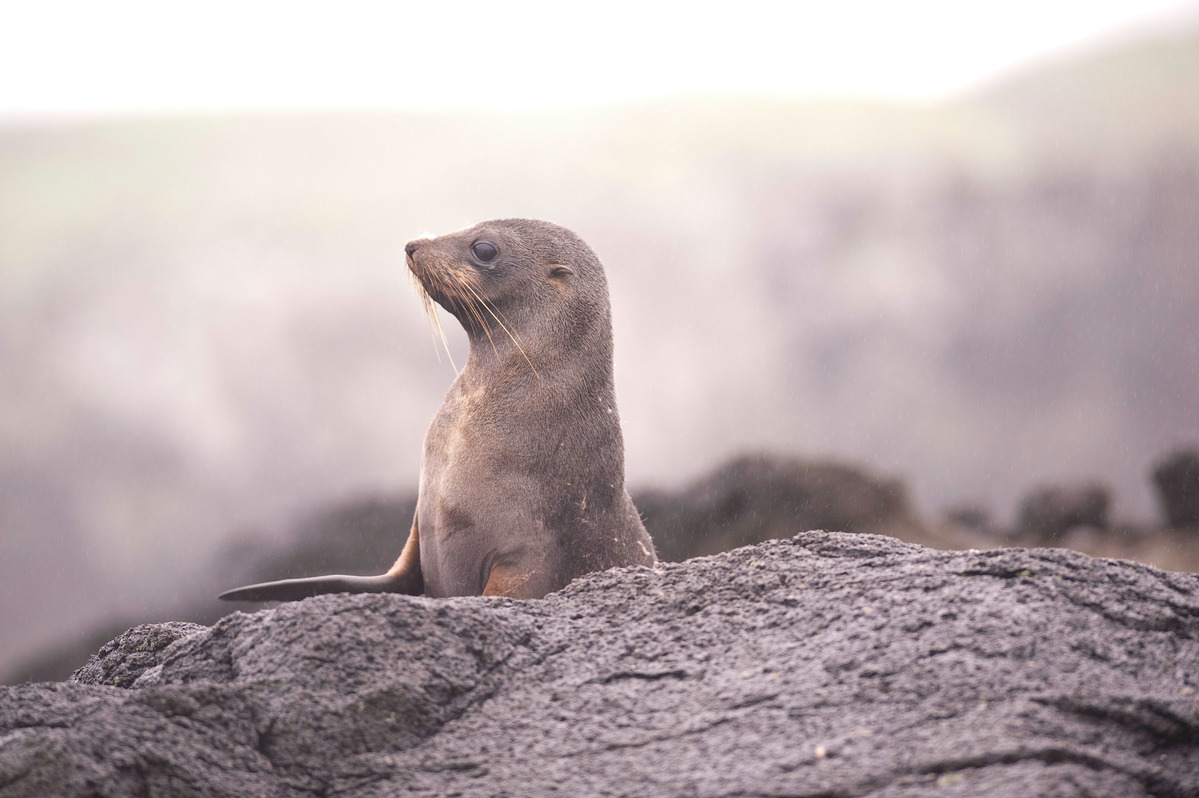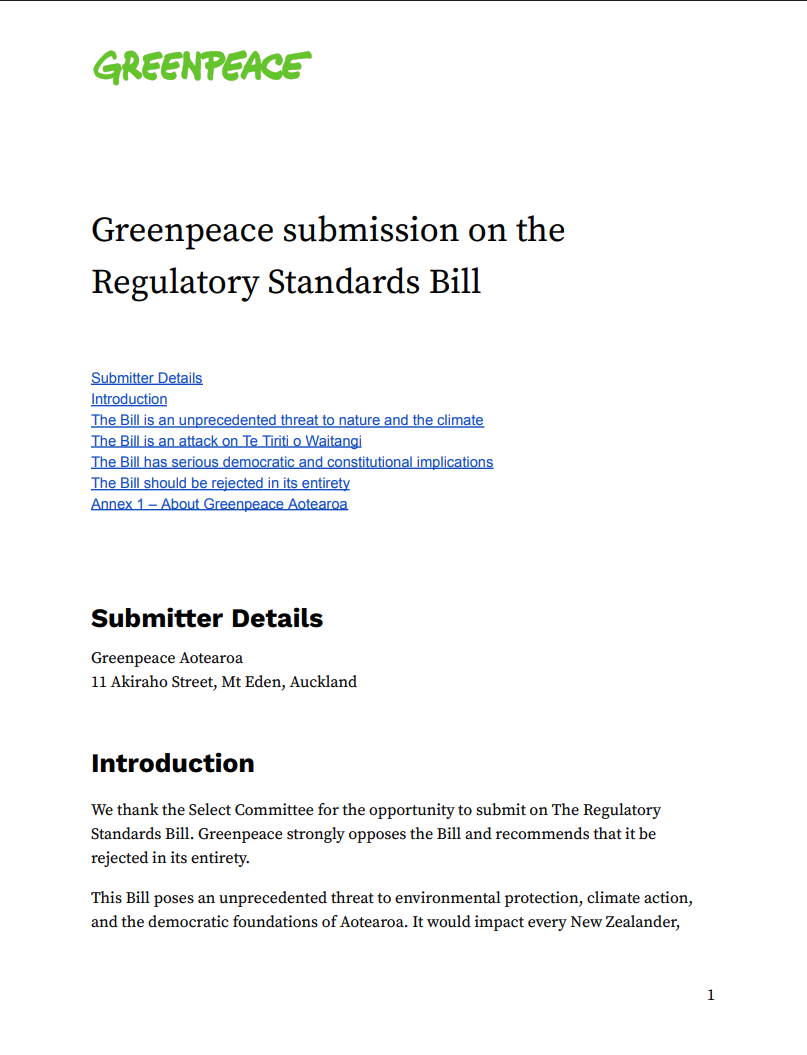What can I plant to attract native birds to my garden? Should I feed the birds to attract them? Is a birdbath worthwhile? So many questions.
One of the nice things about lockdown is the quiet. With less traffic noise, we can hear each other better, and we can hear the birds!
Now that spring is here, many of us are spending more time outside and in our gardens enjoying the company of the tui, kingfisher fantails and even the occasional kingfisher.
If you love having birds around the house and in the garden, here’s some things you can do to attract them and provide them with some much needed bird food. And for an added bonus, there’s a couple of good DIY projects for around the house in lockdown or the weekend!
Helping native birds is also important because we are in a biodiversity crisis. Many native bird species are threatened with extinction, or have already gone extinct. In our towns and cities, trees lack protection and are being removed at a frightening rate. Everything we can do to help our native birds survive, counts, so before you continue, please sign the petition calling for general tree protection in our towns and cities!
Make your garden safe for birds
To create a sanctuary for birds in your garden you need to manage predators.
Stoats, rats, weasels, possums, cats and hedgehogs prey on birds, including their eggs and nestlings. If you want to keep the birds flourishing, controlling pests is important. Keep the cat inside at night, and set traps or use bait stations to rid your garden of rats and mice.
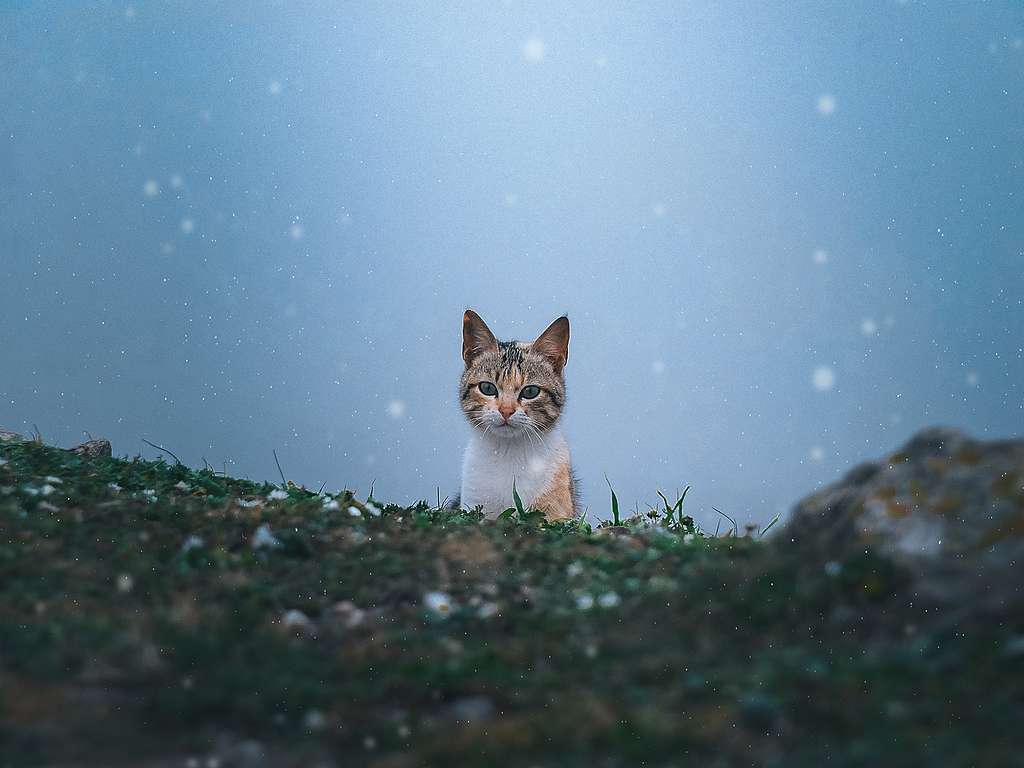
Make a bird feeder
A sugar water bird feeder is another great bird magnet. Using a bowl or an inverted bottle (there’s another good weekend project), you just need to put it somewhere high away from cats, add a nice sugar water solution and the birds will be visiting before you know it.
Just dissolve half a cup of sugar in about four cups of water, but don’t make it any stronger than that or you risk attracting wasps or getting the birds drunk!
To make a sugar feeder, take a one-litre milk bottle and attach the lid to a shallow dish or jar lid. Fill the milk bottle with sugar water and make a few small holes about half a centimetre from the bottom of the bottle. Screw it into the lid and turn the dish upside down. Sugar solution will come out of the bottle and fill the dish to the height of the holes.
Be aware that some foods are not good for our native birds.
Peanuts and walnuts may contain fungal toxins called afla toxins. In low doses these can affect fertility and immunity and in high doses can cause liver and kidney failure. Sunflower seeds can cause obesity and feather loss. Bread is highly processed and a bird’s digestive system is not designed to digest it. It can result in impaction in the intestines, dehydration and ultimately death.
According to Zelandia, you should avoid: Honey water, Bread, Corn,Peanuts, Sunflower seeds, Walnuts, Junk food, Too much of anything Mouldy food
Encourage insects
Many birds, such as pīwakawaka (fantail), eat insects. Encouraging a healthy mix of spiders, moths, beetles, and earthworms etc. A good layer of mulch or leaf litter on the garden will encourage insects, and birds are a natural way of keeping them under control. Ruru (morepork) and Kōtare (kingfisher) eat insects as well as mice.
Add a birdbath
Many birds will use a bird bath if there’s one available, especially in summer. Watching them splash about can be very entertaining!
You can make a birdbath yourself or they’re easily purchased at garden centres or the local market.
You can make your own birdbath with any number of combinations of wood, plant pots and drip trays. Use your imagination or grab some ideas off the internet. It’s a perfect weekend project.
Just make sure that your new birdbath is not accessible to cats, but still easy enough to get to for cleaning and refilling. Give it a rinse and a scrub regularly to keep the water fresh and the birds (and you) happy. Here are some DIY birdbath ideas.
Plant for the birds
Plant favoured bird foods like flax and kōwhai but don’t plant them too close to the house because reflections on glass can confuse birds and cause them to fly into your windows.
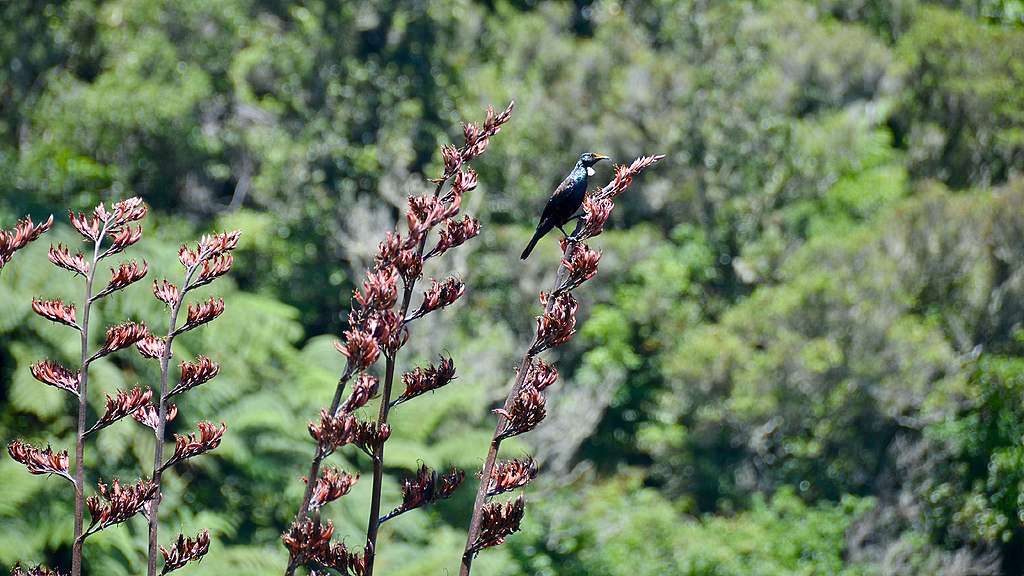
Some native birds have wisely become wary of feeding on the ground. Think about growing ground creepers like Fuchsia procumbens in a hanging basket, which with red berries hanging down are beautiful and attractive for birds. Climbing plants like Metrosideros carminea (crimson rata) and Passiflora tetrandra (NZ passionfruit) are also good to encourage to climb the wall of a garage, in a tree or across other garden structures.
Here’s a list of native trees, shrubs and climbers that look attractive in the garden and also provide shelter and food for wildlife. The following is a selection recommended by DOC, but not all will grow in every part of the country.
It’s also good to go for ‘eco sourced’ varieties as much as possible. Plants that come from the area you live are preferable because the native wildlife has coexisted with them for thousands of years, and has adapted to using them as a food source.
Trees shrubs and climbers that are good for birds
| Botanical name | Common name | Features |
|---|---|---|
| Trees over 6 metres | ||
| Alectryon excelsus | titoki | red fruit |
| Carpodetus serratus | putaputaweta | lilac flower |
| Cordyline australis | ti kouka (cabbage tree) | cream flower |
| Coprosma repens | taupata | orange/yellow fruit |
| Griselinia littoralis | broadleaf | purple fruit |
| Fuchsia excorticata | kotukutuku or konini | red flower, black fruit |
| Knightia excelsa | rewarewa | red flower |
| Melicytus ramiflorus | mahoe | violet fruit |
| Pennantia corymbosa | kaikomako | black fruit |
| Pittosporum eugenioides | tarata (lemonwood) | yellow flower |
| Pittosporum tenuifolium | kohuhu | dark red flowers |
| Pseudopanax arboreus | five finger | black fruit |
| Schefflera digitata | pate | purple/black fruit |
| Sophora tetraptera | kowhai | yellow flower |
| Vitex lucens | puriri | red flower |
| Trees and shrubs | (approx 1.5m to 6m) | |
| Aristotelia serrata | wineberry | deep red fruit |
| Brachyglottis repanda | rangiora | yellow flower |
| Coprosma rhamnoides | coprosma | crimson fruit |
| Coprosma robusta | karamu | orange/red fruit |
| Coprosma grandifolia | kanono | orange fruit |
| Cordyline indivisa | mountain cabbage tree | cream flower |
| Corokia species | korokio | orange to red fruit |
| Leptospermum scoparium | manuka | white/pink flower |
| Marcopiper excelsum | kawakawa | orange fruit |
| Myrsine australis | mapou | black fruit |
| Phormium tenax | NZ flax | yellow flower |
| Pittosporum crassifolium | karo | crimson flower |
| Pomaderris apetala | tainu | yellow flower |
| Pomaderris kumeraho | kumerahou | yellow flower |
| Pseudopanax laetus | five finger | black fruit |
| Sophora microphylla | kowhai | yellow flower |
| Shrubs | (approx 500mm to 1.5m) | |
| Alseuosmia macrophylla | toropapa | cream to red flower, red fruit |
| Astelia nervosa | astelia | orange fruit |
| Clianthus puniceus | kaka beak | red flower |
| Coprosma cheesmanii | coprosma | orange red fruit |
| Corokia cotoneaster | korokio | red fruit |
| Hebe species | hebe | flowers various colours |
| Libertia grandiflora | NZ iris | orange seed pod |
| Melicytus micranthus | nanakura | purple to white fruit |
| Phormium cookianum | dwarf mountain flax | yellow flower |
| Rhabdothamnus solandrii | matata | yellow to red flower |
| Low-growing plants | (to 500 mm approx) | |
| Coprosma acerosa & brunnea | sand coprosma | pale blue fruit |
| Dianella nigra | NZ blueberry | blue fruit |
| Fuchsia procumbens | fuchsia | red fruit |
| Hebe species | hebe | flowers various colours |
| Libertia ixioides or L.peregrinans | NZ iris | orange seed pod |
| Muehlenbeckia axillaris | creeping pohuehue | white fruit |
| Parahebe species | parahebe | white flower |
| Podocarpus nivalis | mountain totara | red fruit |
| Pratia angulata | creeping pratia | purple/red fruit |
| Container plants | ||
| Alectryon execelsus | titoki | red fruit |
| Astelia species | orange fruit | |
| Clianthus species | kaka beak | red flower |
| Cordyline australis | cabbage tree | cream flower |
| Cordyline indivisa | mountain cabbage tree | cream flower |
| Griselinia littoralis | broadleaf | purple fruit |
| Phormium species | NZ Flax | yellow flower |
| Pittosporum species | yellow to red flowers | |
| Pseudopanax species | five finger | black fruit |
| Vitex lucens | puriri | pink/red flower, red fruit |
| Climbers | ||
| Metrosideros carminea | carmine rata | crimson flower |
| Passiflora tetranda | kohia | orange fruit |
| Tecomanthe speciosa | cream flower |
And here are two calendars which show when plants will provide nectar, fruit or seeds for native birds.
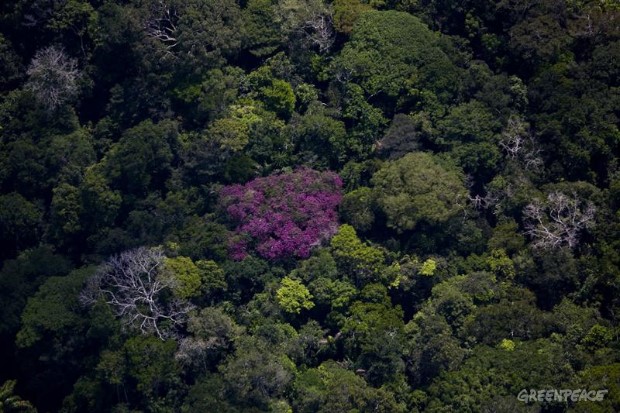
Call on Jacinda Ardern to reinstate general tree protection across Aotearoa.
Sign the petition
